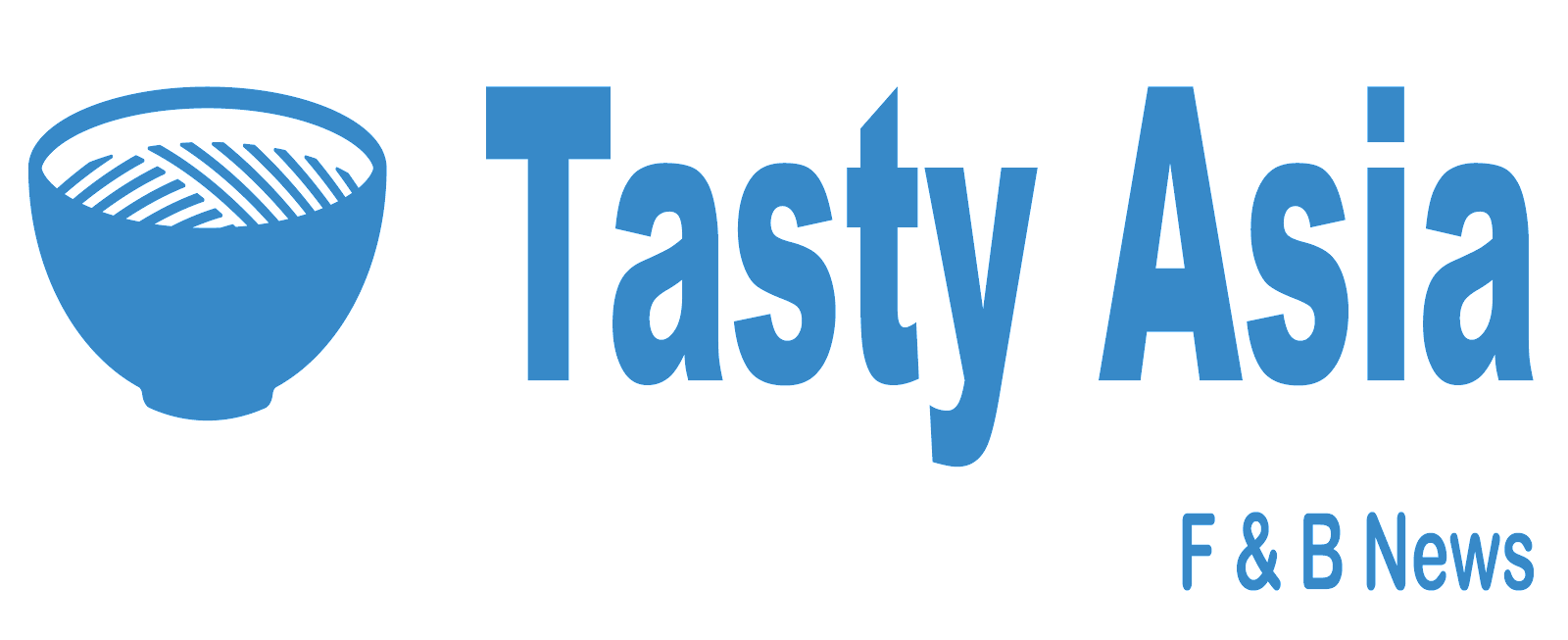On the other hand, the Philippines, which has the most significant number of coffee consumers per capita in Southeast Asia, produce fewer coffee beans and sells them at higher prices. Pacita Juan, the chairperson of the Philippine Coffee Board (PCB), who moderated the FHA Match session on coffee's future in the SEA region last week, explained why.
Juan revealed that domestic demand often exceeded supply, so fewer beans for export are available. Compared to countries like Vietnam, which produces 3 to 5,000 kilos per hectare, the Philippines only has around 700 kilos per hectare. Also, Filipino farmers face high logistics costs which prevent them from exporting their beans.
With these setbacks, the farmers began to focus on cultivating beans for the speciality coffee market. Through a partnership with the United States Department of Agriculture (USDA), the PCB taught the farmers how to 'taste' coffee and cultivate high-grade beans. As an in-country partner of the Coffee Quality Institute, the PCB applied its grading system to determine the quality of Philippine coffee beans. The board was pleased to discover many coffee farms around the Philippines produce beans scoring a high grade of 80 and above, placing them in the speciality coffee category.
Other market trends, such as the Filipinos' growing sophisticated tastes, boost demand for independent café offerings. Technology also enabled traceability of the beans from reputable sources.
For now, these factors are what keeps the Philippine coffee industry thriving, Juan concluded. (Image from Unsplash)


إرسال تعليق